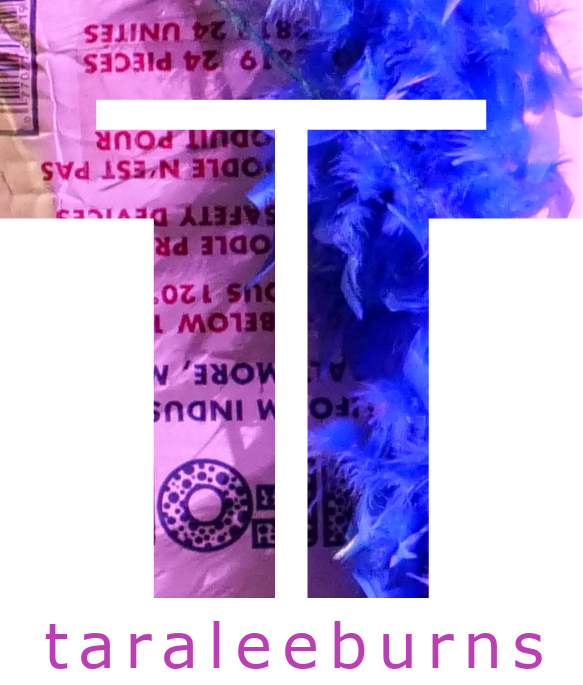Concept
To devise a one-minute solo to be dropped into the collectively devised theater project titled “Once Upon The Oval” to be premiered in March 2020 at Drake Performing Arts Center. I decided this one minute was a final comment by a character I had been working on throughout the semester, one of the ghosts of Mirror Lake.
Methodology
The improvisational experiments I initially worked with included the feelings of regret, anger, and sorrow combined with the visual representation of a woman in a Victorian dress. My monologue in the larger scene, The Ghosts of Mirror Lake, includes “Where are you?” and “Did you kill yourself to get away from me?” Through repetition—using a one-minute timer—a psychosis began to develop in my character that I imagined would have resulted from the repetition of anger and sadness represented in the text of the monologue. This psychosis built into accusations of the other ghosts near the lake that might have slept with or taken her husband from her. Movements began to emerge including a spiraling twist characteristic of an ice skater and more literal gestures such as a toe lowering gingerly toward the floor as if testing the water paired with, “Did you dip your toe in that?” The improvisations began to solidify into an identifiable scene beginning with where I left off in the last scene, “Where are you?” and ending with a stripping of gender expectations.
Discoveries and Looking Ahead
I thought of my character as a ghost stuck in time, repeating moments of the past over and over, and reliving moments of anger, sorrow, and regret. The text from my monologue in the larger scene, The Ghosts of Mirror Lake, stuck with me as key lines that highlighted the character’s need to continually circle the perimeter of the lake for decades. I included a comment on the requirements of women in the early 1900s. Wearing dresses when walking, running, or completing any physical activity was absurd and visually representative of gender constraints of that time. My character’s one-minute solo blended the emotional trauma of a ghost and the visual representation of gender during that time period.
The final image of taking off and removing the Victorian dress—made difficult by my uncooperative zipper—and leaving it in a pool on stage felt like a resting place for this ghost. After decades of circling, calling for, and hoping to see her husband in the afterlife, she finally made peace with the fact that he left her. Was their marriage broken before this? Was he seeing another woman? Or was he mentally ill? Like the Wicked Witch of the West, her dress lies in a puddle on the stage, after she defeats her daemons. In the final moment of the scene, the ghost throws her hands in the air, sheds her anger, the restrictions of her past, and moves on.
Advisor/Instructor: Dr. Nadine George-Graves
